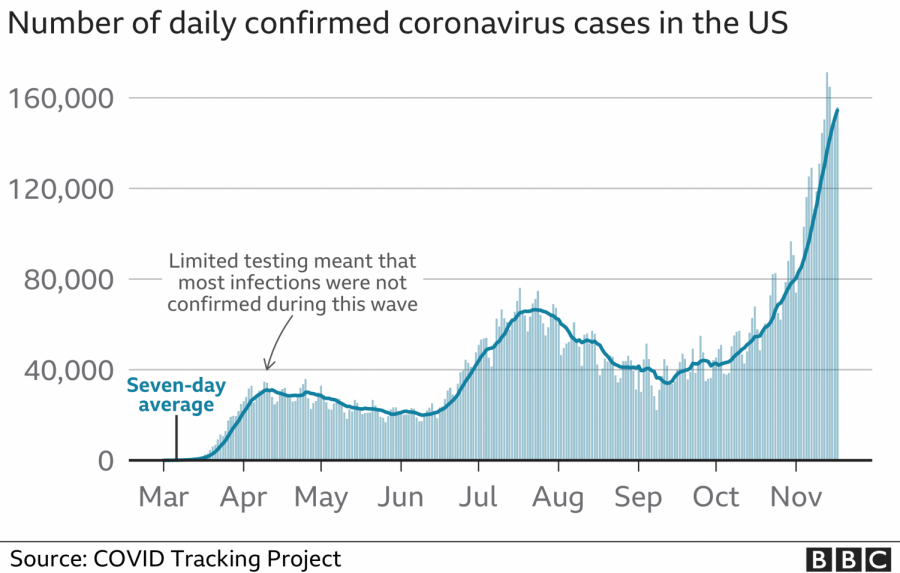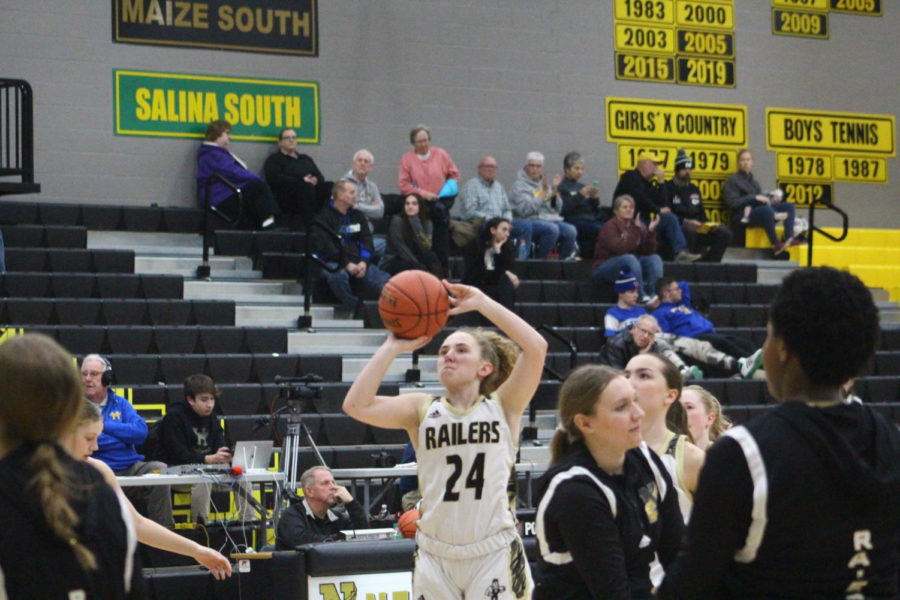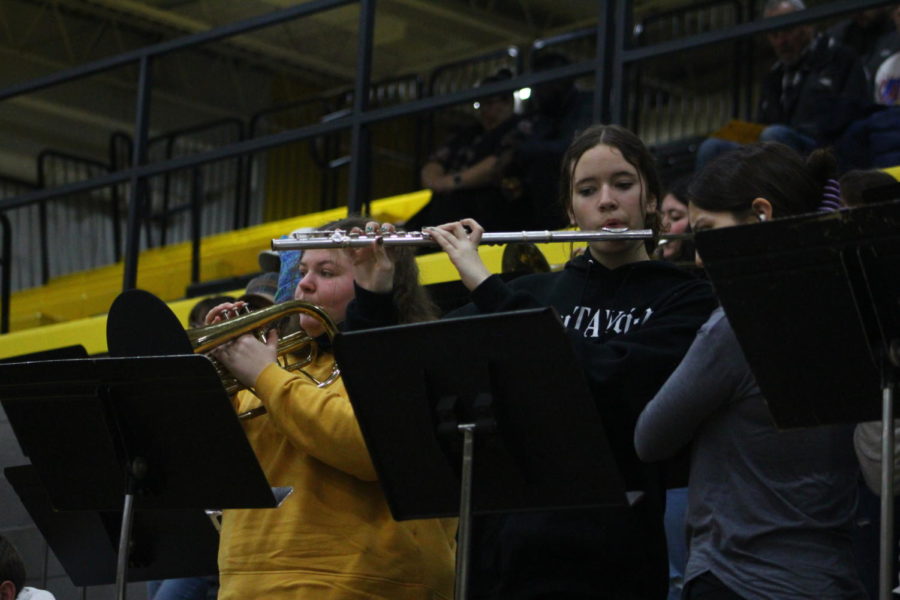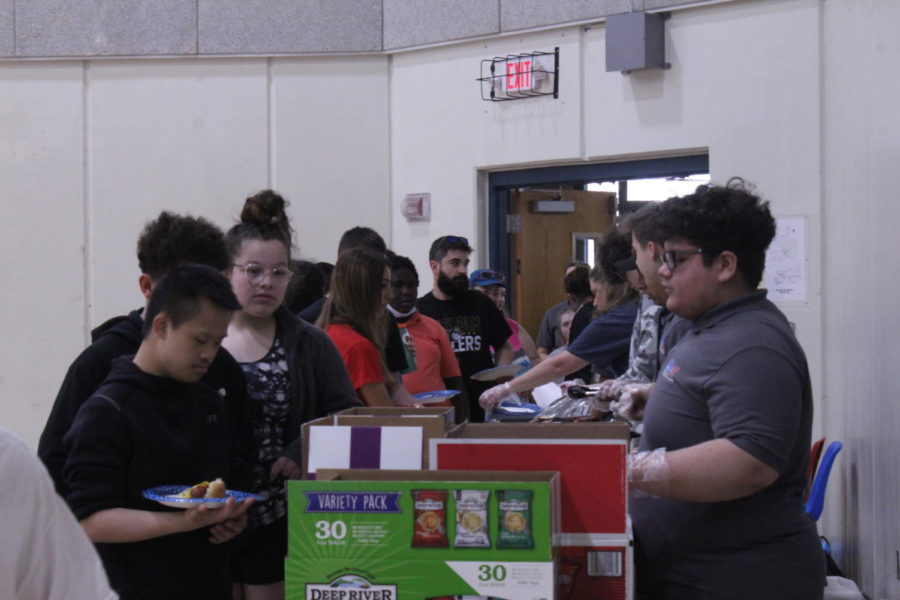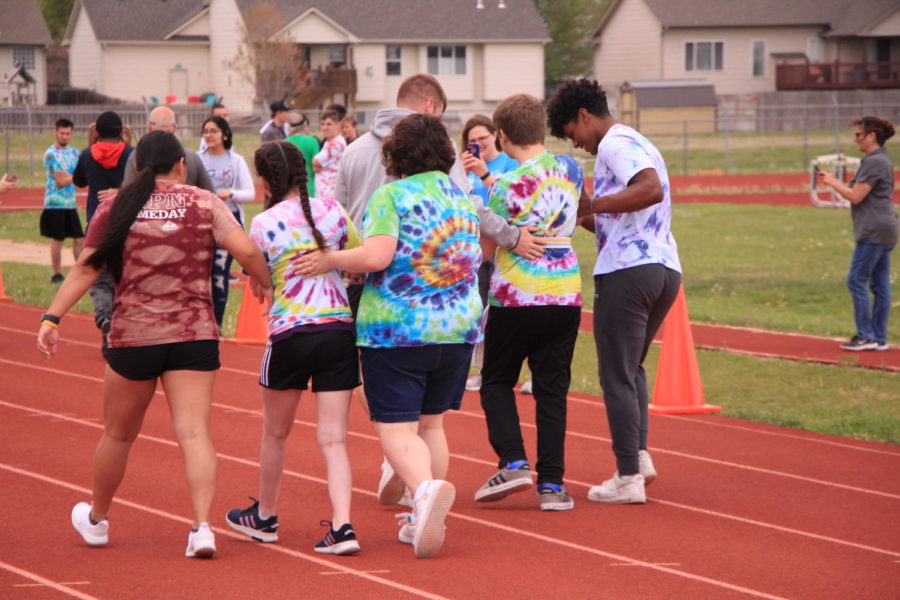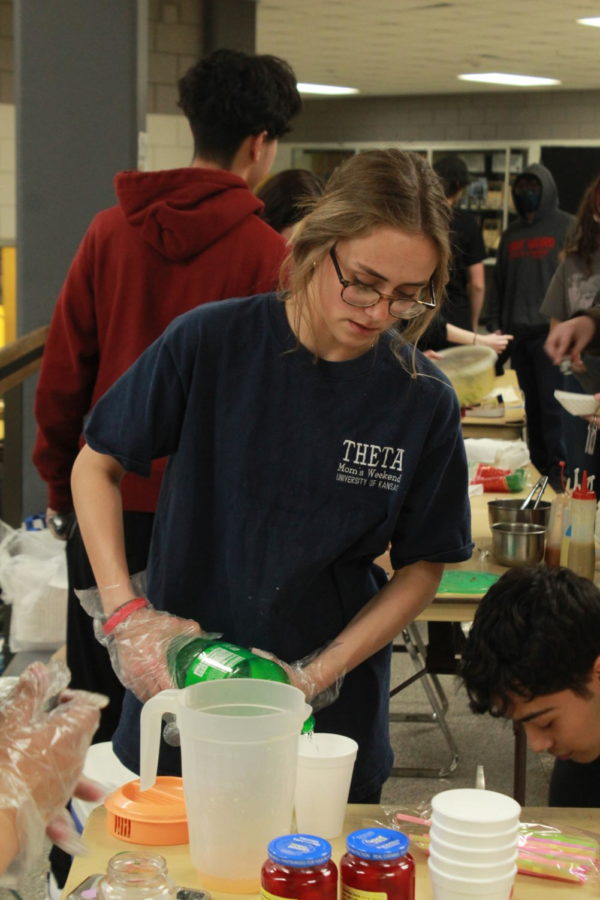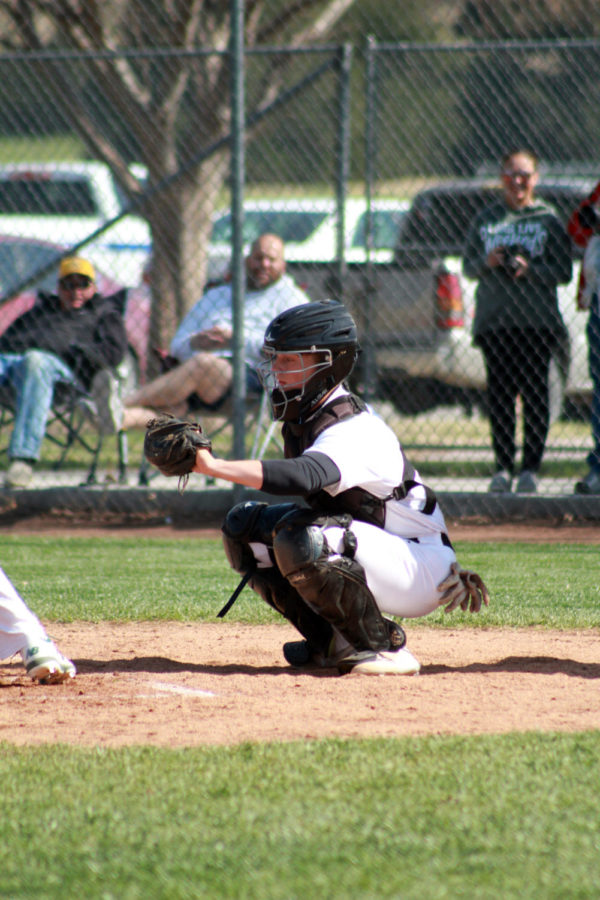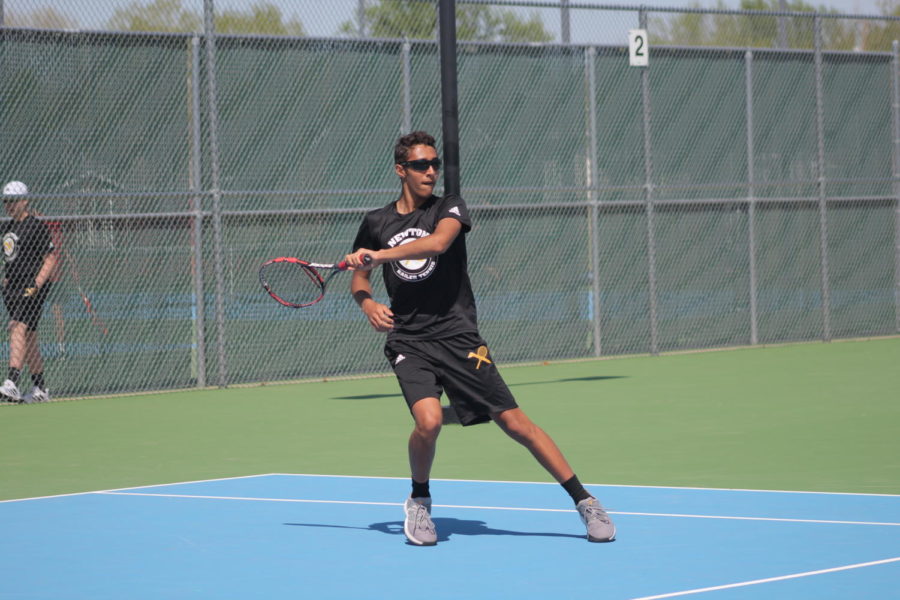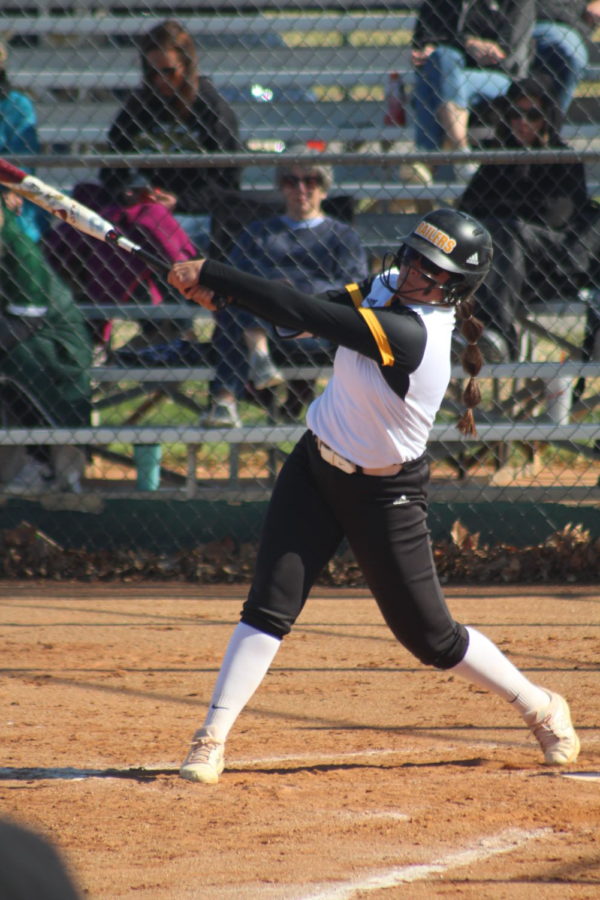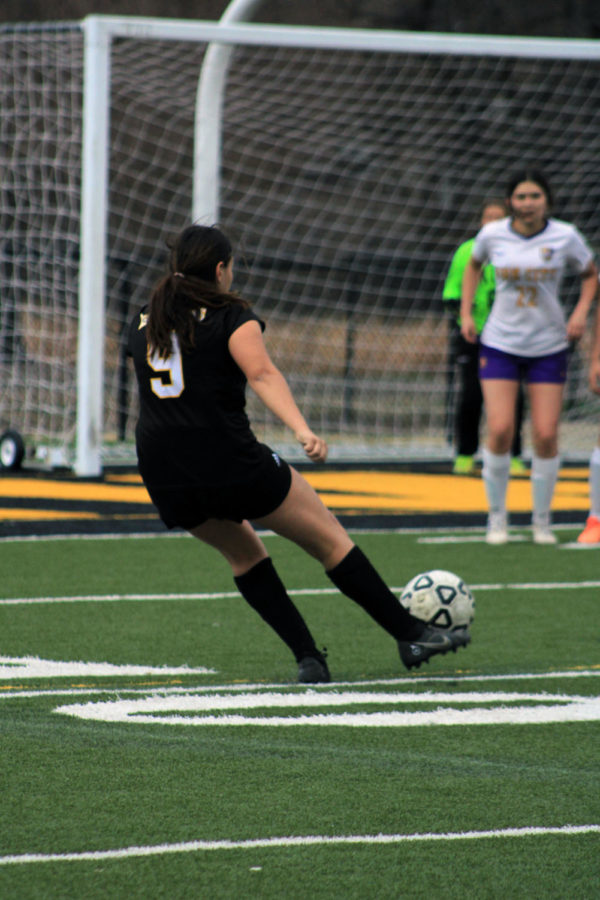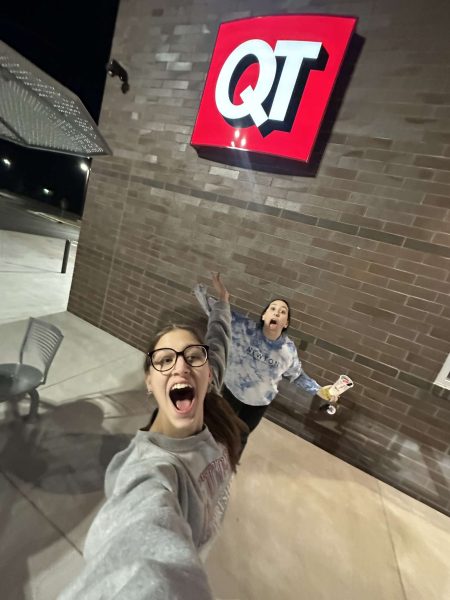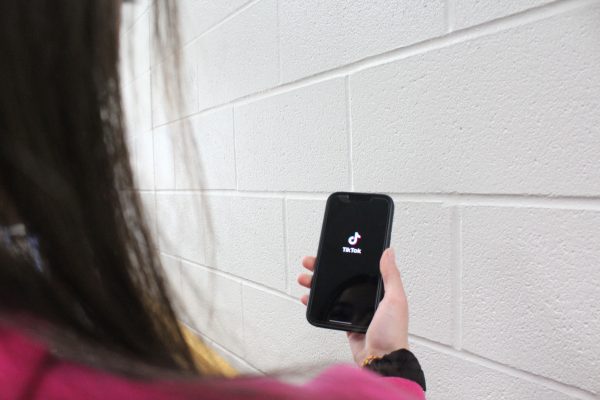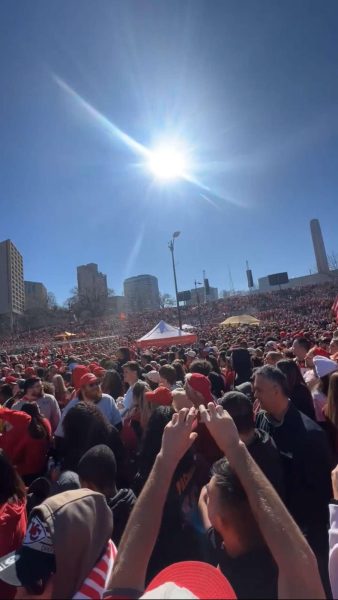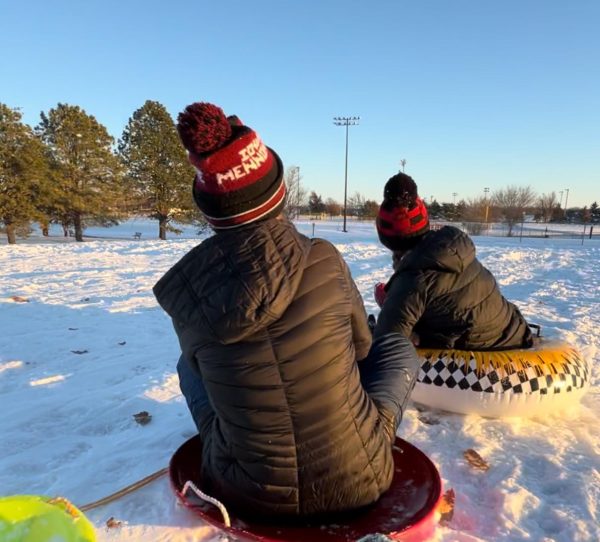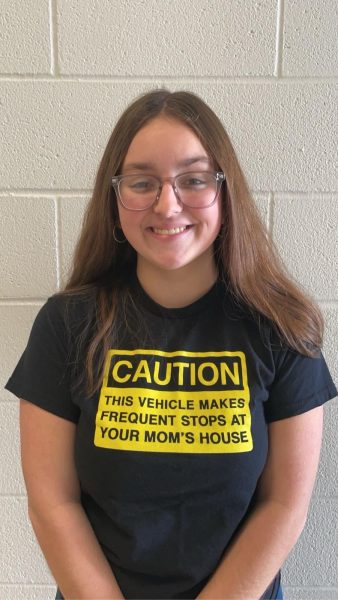Have we reached the second wave of COVID-19?
December 9, 2020
Experts have predicted since early March that COVID-19 would look similar to other pandemics, containing several “waves” with increasing and decreasing number of cases, according to Hopkins Medicine. The 1918 pandemic of H1N1 influenza came in three waves, stretching over the course of about two years. Fifty to 100 million people died as a result of this pandemic, the majority of them occurring in the second and most deadly wave according to CNN Health.
The first wave of COVID-19 cases began in March, although some people could argue that the first wave is over with, Dr. Anthony Fauci, National Institute of Allergy and Infectious Diseases (NIAID) director, said that we cannot worry about the second wave of the virus, because we are still dealing with the first one.
While Fauci describes the likeliness of the first wave still occurring, numbers could tell us otherwise. In late April of 2020, the highest spike of COVID-19 in the United States was at 34,000-35,000. Now, the highest spike in November of 2020 sits at 198,633 cases. Looking at graphs from the New York Times, we can see that there was really no large down spiral in cases, however from May to early June we observed the lowest number of cases since the first spike, hovering around 20,000 cases. Harvey County Health Department Assistant Director and Director of Nursing Tobias Harkins said that we will continue to see change in the number of cases.
“We are not doubling at this time but the exponential increase is very apparent. We will continue to see peaks and plateaus with the spread,” Harkins said. “When we place an obstacle in the way of the spread, like group limits and mask mandates there is a time the rise is curbed.”
In late March, Harvey County experienced their first case of COVID-19. The county now has 480 active cases and Kansas has a total of 174,025 cases all together. Statistics were last updated on Dec. 6 from the Harvey County Health Department website. The website features a graph that shows that the cases in the county have been on a steady rise since March, but started growing drastically around October.
“As fall rolled around more people spent more time indoors around others. This leads to an increase in transmission. The way that the virus spreads is based upon the presence. The U.S.A. has been adding 1 million cases every 6 days for weeks now,” Harkins said.
On Nov. 2 the USD 373 Board of Education voted to keep all high school students remote until Thanksgiving break and K-8 students hybrid. The board voted again after Thanksgiving break and decided to keep K-6 students hybrid but change 7-12 grade students to be fully remote until after winter break, where they would then reevaluate their choices. Keep in mind that the Board of Education decides the school’s schedules based on a chart of colors that monitors the cases in Harvey County. All 7-12 grade students currently sit in the orange mode according to the number of cases in Harvey County.
With the downfall of cases in May and June we could consider it to be the end of the first wave. However, in September we saw a decrease in cases, going from 65,000-70,000 in July to around 40,000 in August and early September. So the question would be if this decrease in September would be considered the actual end of the first wave, since it happened almost a month or two before the huge spike in cases recently. The short answer is that there has been no reported end to the first wave.
Several sources such as The Conversation, Health Line and the American Medical Association support Fauci’s observation that there was no end to the first wave. Therefore meaning that there is no second wave just yet. Harkins believes that calling this wave the second wave is more complicated than what meets the eye.
“Only history can judge what point we are in currently. This may very well be the end of a long phase or the beginning of another. The only baseline we have is no COVID presence. To judge a phase you need a baseline to compare the current situation to,” Harkins said. “To compare the introduction phase with the saturation phase, to compare the summer to the winter will be misleading to say the least. Also to compare a vaccine-less year to a vaccinated year, is also a disservice.”

